
- 0 Comments
- PRMA Plastic Surgery
After tissue-based “autologous” breast reconstruction, in some rare circumstances, the fat in the flap may not have received enough blood flow. Over a period of time, the fat may be replaced by scar tissue that can feel like a hard lump. The lump might be the size of a pea or it could even be more of a larger and hard mass. Typically, this lump isn’t noticeable until 6-8 months after surgery when the swelling from the tissue flap has subsided. This is known as fat necrosis.
Sometimes smaller regions of fat necrosis can diminish or disappear on their own. However, larger areas of fat necrosis can be uncomfortable and painful causing distortion in the shape or texture of the breast.
What do I do if I am experiencing signs of fat necrosis in the tissue flap?
To properly evaluate a lump that might be fat necrosis, your doctor may suggest you get an imaging scan, such as a high-resolution ultrasound. Fat necrosis lumps are not cancerous, however, it may be hard to distinguish the difference between breast cancer and fat necrosis on a mammogram. In some cases, a biopsy is needed.
What is the treatment of fat necrosis in the tissue flap?
If your doctor confirms that the lump in your breast is fat necrosis – the only option is to have it surgically removed. A plastic surgeon will either cut or suction out the area of fat necrosis using liposuction. A benefit of using liposuction is that it’s less likely to create a divot in the spot where the fat necrosis was removed. However, if the excision of a fat necrosis region leaves a divot in your breast, your plastic surgeon may rearrange the internal tissue to fill it in.
In some cases, your plastic surgeon may recommend fat grafting to help add volume after the fat necrosis is removed. Another option would be to have a minor flap reconstruction to fill in that small area.
Talk to PRMA about your options!
Fat necrosis is most common after tissue-based reconstruction, although, it can also develop after other types of breast surgeries, radiation therapy, or a breast injury.
If you are interested in learning more or want to schedule a consultation please call us at 800-692-5565 or complete our virtual consultation form here.
“To me, this number represents how many strong women I’ve had the pleasure of knowing and hopefully helping in their breast cancer treatment and reconstruction journey,” shares PRMA Plastic Surgeon, Dr. Ramon Garza III.
Leave Comment
Sign Up for Our Monthly Newsletter
Continue Reading
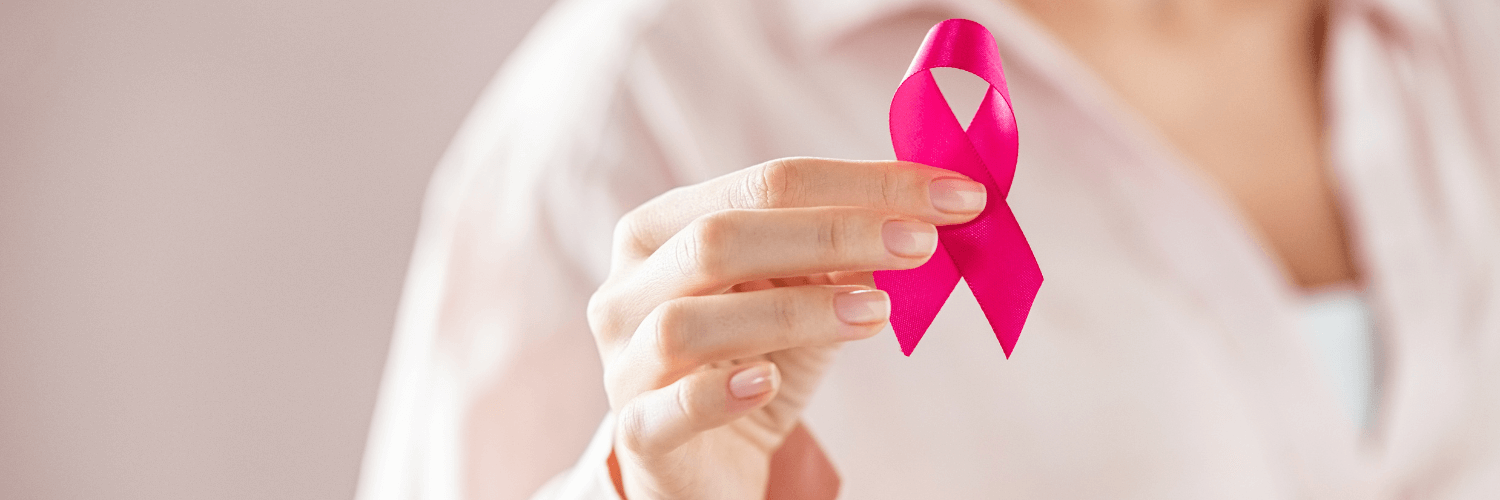
A Letter To Myself After My Diagnosis…
A Letter To Myself After My Diagnosis… June 29, 2022 Share on Facebook Twitter Linkedin A letter to myself after my diagnosis… So many thoughts/emotions occur that encompass this battle with breast cancer: apprehension, skepticism, trust, prayer, on and on. With all of these comes the memories of smiles and laughter. When I was identified […]

Fat Necrosis After Breast Reconstruction
Fat Necrosis After Breast Reconstruction June 21, 2022 Share on Facebook Twitter Linkedin After tissue-based “autologous” breast reconstruction, in some rare circumstances, the fat in the flap may not have received enough blood flow. Over a period of time, the fat may be replaced by scar tissue that can feel like a hard lump. The […]
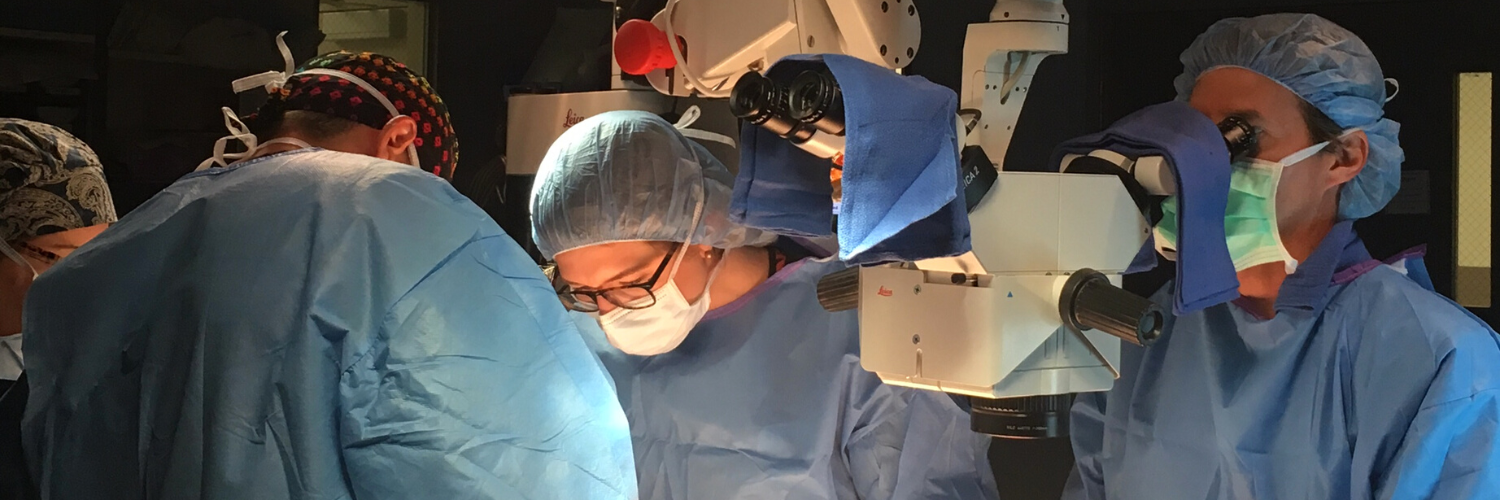
The Importance of Choosing a Breast Surgery Team Rather Than Just a Surgeon
The Importance of Choosing a Breast Surgery Team Rather Than Just a Surgeon June 09, 2022 Share on Facebook Twitter Linkedin At PRMA Plastic Surgery, patient care is our top priority. We believe it’s crucial that patients choose a qualified breast surgery team rather than just a surgeon. Picking a team that best meets your […]
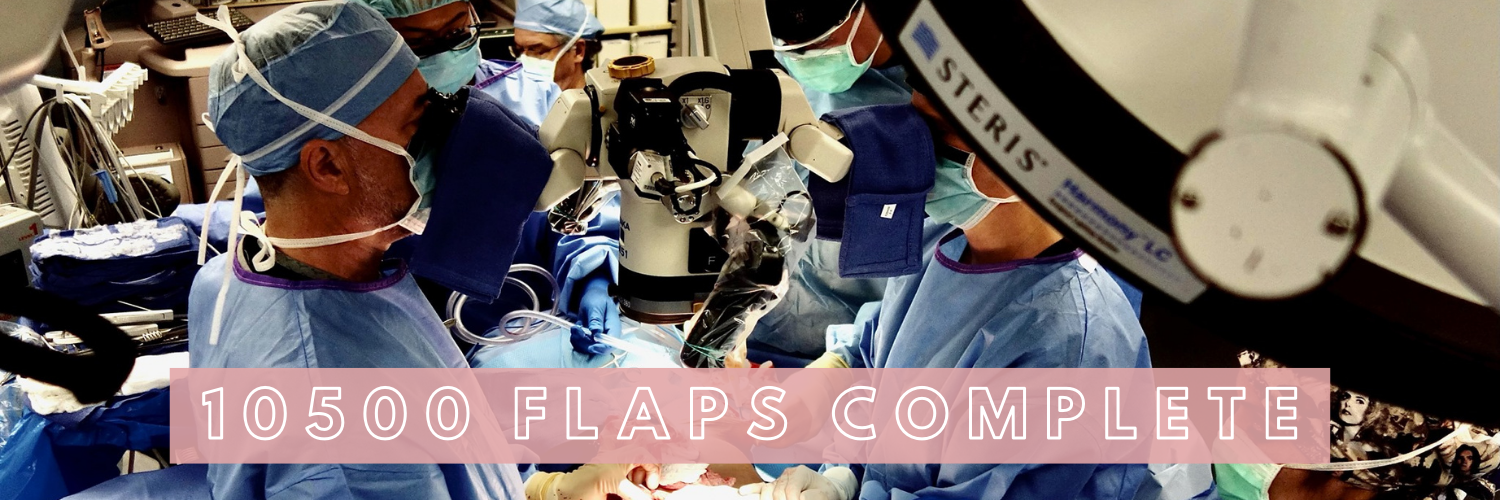
PRMA Performs Record Breaking 10500th Flap-Based Breast Reconstruction Procedure
PRMA Performs Record Breaking 10500th Flap-Based Breast Reconstruction Procedure June 01, 2022 Share on Facebook Twitter Linkedin PRMA Plastic Surgery sets a new milestone this month with the completion of their 10,500th natural “flap” based breast reconstruction procedure. Reaching this new milestone further establishes PRMA as one of the leading breast reconstruction institutions in the […]

Nipple Reconstruction vs 3D Nipple-Areola Tattooing
Nipple Reconstruction vs 3D Nipple-Areola Tattooing May 18, 2022 Share on Facebook Twitter Linkedin For patients who are not candidates or who opt against nipple-sparing mastectomy, One of the several options patients have after breast reconstruction surgery is complete, is to have the appearance of the nipple and areola recreated. When it comes to reconstructing […]
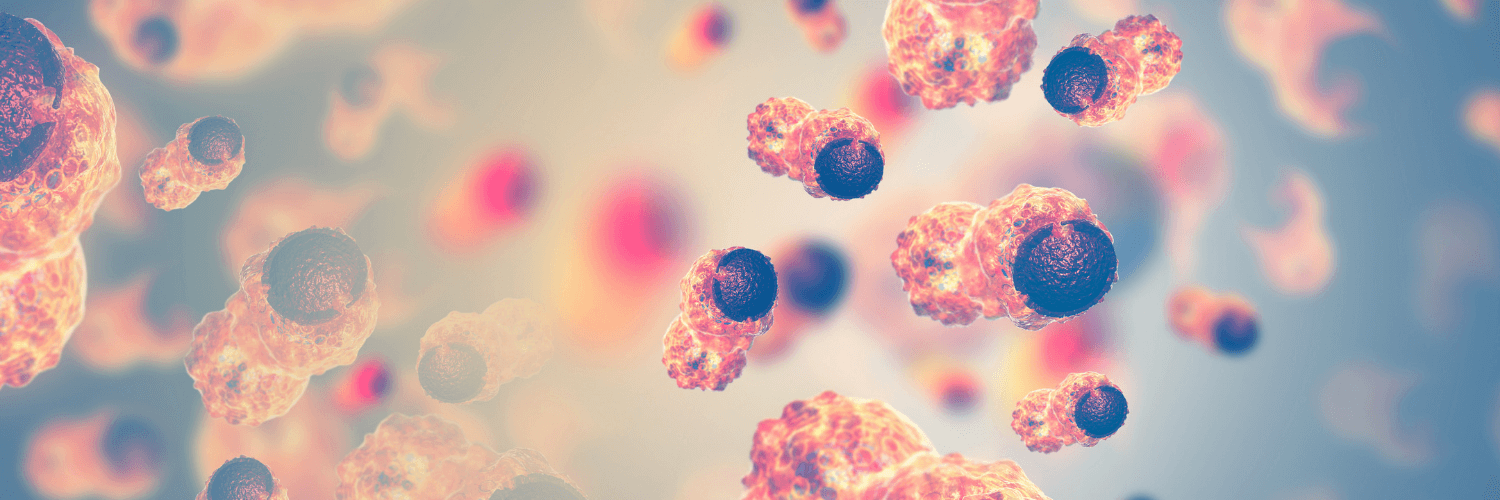
How Early Stage Breast Cancer Spreads to Other Parts of the Body
How Early Stage Breast Cancer Spreads to Other Parts of the Body May 12, 2022 Share on Facebook Twitter Linkedin Researchers believe they may have a new clue on how early-stage breast cancer may spread to other parts of the body. This information is greatly beneficial to understand in the mission to find a cure […]

What to Expect From Your ICG Clinic at PRMA
What to Expect From Your ICG Clinic at PRMA May 09, 2022 Share on Facebook Twitter Linkedin PRMA is at the forefront of lymphedema treatment surgery. Surgery planning starts with a diagnostic consultation with one of our board-certified plastic surgeons. During this appointment, a dye is injected into the lymphatic system so the doctor can […]

Guest Blog: Give Mom “The Gift of Recovery” This Mother’s Day
Guest Blog: Give Mom “The Gift of Recovery” This Mother’s Day May 04, 2022 Share on Facebook Twitter Linkedin On Mother’s Day, we celebrate and honor the woman we call “mom.” If your mom has breast cancer, it’s understandable that you may shower her with extra love and special treatment this Sunday. Sure, in the […]

Can You Make Your Reconstructed Breasts Smaller During Stage 2?
Can You Make Your Reconstructed Breasts Smaller During Stage 2? April 27, 2022 Share on Facebook Twitter Linkedin Breast reconstruction is typically performed in two stages. For implant reconstruction, the first stage begins with a tissue expander being placed. Once optimal breast size is achieved, the tissue expander is replaced with a permanent breast implant. […]

Second Stage Breast Reconstruction – Recovery and What to Expect
Second Stage Breast Reconstruction – Recovery and What to Expect April 19, 2022 Share on Facebook Twitter Linkedin At PRMA Plastic Surgery our board-certified plastic surgeons offer patients the opportunity to have breast reconstruction in two stages. The Revision Stage (stage 2) is typically performed about 3 months after the initial reconstruction as a day […]
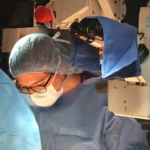
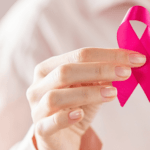
No Comments